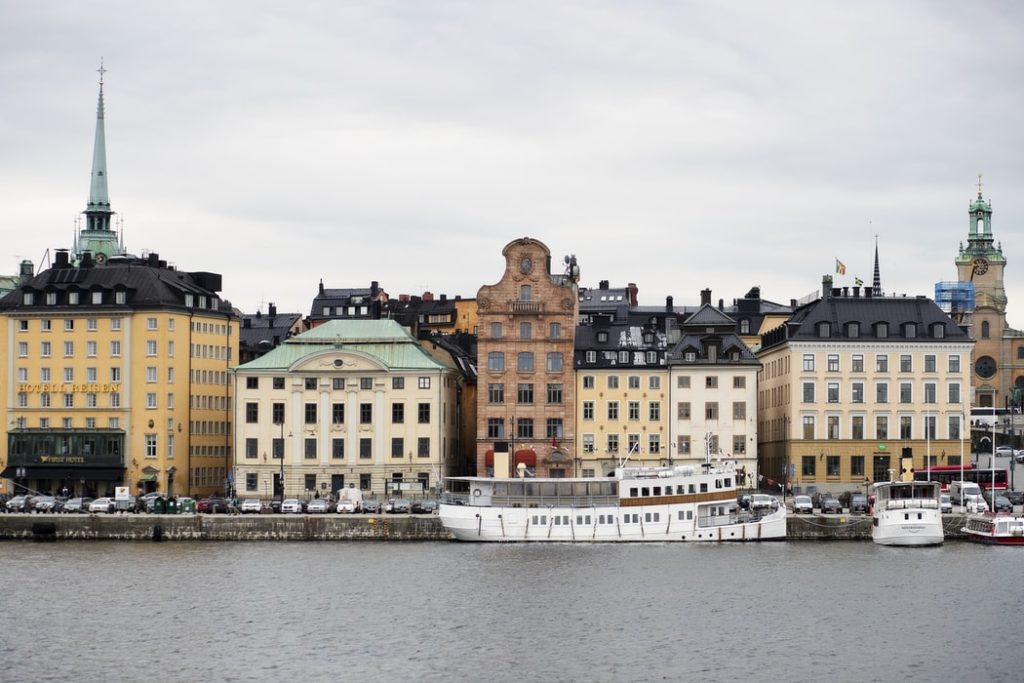The outside world has regarded Sweden’s easy-going strategy to fight the coronavirus with mixed feelings ranging from horror to admiration. The final verdict on how Sweden managed the crisis is not yet in.
Its chief state epidemiologist Anders Tegnell, representing the country’s Public Health Authority, is still optimistic. A few days ago, he said that we have to wait until Autumn to know if the strategy worked. In an interview today (3 June) in Swedish daily Dagens Nyheter he admitted that “there are things that we could have done better, but generally I think Sweden has chosen the right track.”
According to the latest figures from Johns Hopkins Coronavirus Center (3 June), Sweden has had 4,468 Covid-related deaths. The country has climbed up to the fifth place, globally, in the number of deaths per 100,000 inhabitants (43.9), after Belgium (83.2), United Kingdom (59.3), Spain (58.6) and Italy (55.5).
Compared to its Scandinavian neighbours, with fatality rates between 5 and 10 deaths per 100,000 inhabitants, Sweden is in trouble. Contrary to them, Sweden did not impose any strict lockdown measures and counted mostly on voluntary compliance with social distancing rules.
The Swedish Public Health Authority deals not only with infectious diseases and took a holistic view on health, considering also the negative health impacts of home isolation and a complete lockdown. As a sparsely populated country, with a high share of single households, Sweden could also act differently than other countries.
The outside world got the impression that Sweden, relying on the trust of its citizens in the authorities, carried out an experiment in group immunity. Tegnell did not deny it in the beginning.
It has not worked out like that in Sweden where the percentage of people in the Stockholm region sampled for antibodies in their blood is only 7.3 %. In the rest of the country it is even lower. The situation is not much different in other countries. To ensure immunity in a population, the group immunity rate would have to reach 60% or more.
Sweden continued to allow gatherings of up to 50 people, did not close down restaurants, kept the economy open as much as possible, kept primary schools open, did not increase the number of testing and has hardly carried out any contact tracing.
Tegnell has been reluctant to accept criticism or consider findings that run against his views on how the outbreak should be contained and the crisis mitigated. Swedish media treated him mostly with kid gloves. He became a known and popular figure among the public while the Public Health Authority, to which the government delegated all responsibility, became questioned by other experts.
In particular, retirement and care homes became hot spots of infections with many deaths. Managed by municipalities or private companies, with insufficient protective equipment and untrained staff, no-one in Sweden seemed to have an overview of the situation. It took some time until the government was forced to admit its failure in protecting the most vulnerable population.
Media and authorities in Sweden already know what went wrong and why it went wrong and hardly have to wait for the findings in an on-going formal inspection of the retirement homes. According to media reports, residents in some homes who became infected with Covid-19 were not offered hospital treatment but palliative care which might have had the opposite effect.
Tegnell claims in the interview that very little was known in the beginning about how the virus spreads in the community.
On the retirement homes, he said, “We didn’t know that there would be such a big potential for contagion in care homes, with so many deaths. We knew that group was very vulnerable and that we would have a high mortality rate if they were infected, but not that the infection would get in so easily and be so extensive.”
Sweden still has overall 50 deaths per day on average. “We have had a downward trend during the last four, five weeks,” Tegnell said. “We have gone from almost 100 per day to 50 per day. We really hope that the trend will continue. But the number of people who die is still very high.”
M. Apelblat
The Brussels Times

